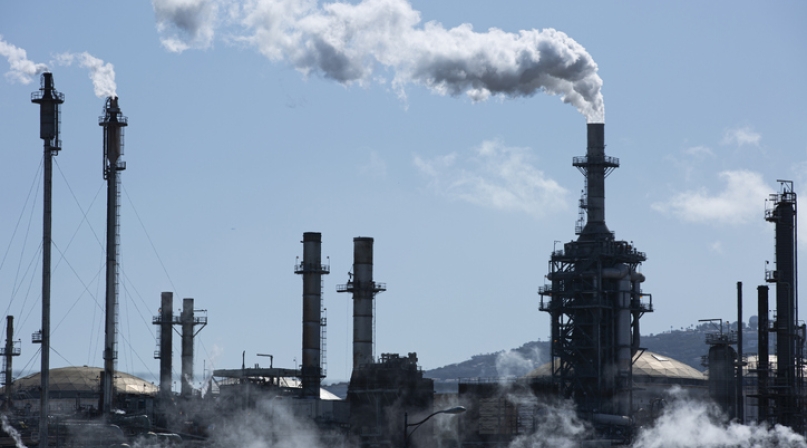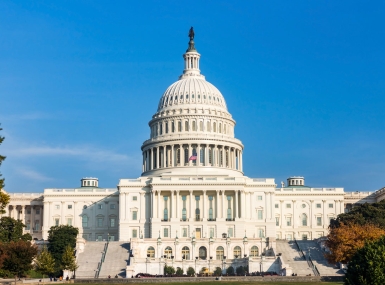EPA proposes new Clean Air Act Rule on oil and natural gas emissions
Upcoming Events
Related News

Key Takeaways
On November 2, the U.S. Environmental Protection Agency (EPA) released a proposed rule under the Clean Air Act to reduce methane and other air pollution from the oil and natural gas industry. The proposed rule would expand on existing emissions reduction requirements for oil and natural gas sources and require states to reduce methane emissions from various sources. EPA is hosting three trainings from November 16–18 on the proposed rule, and the public comment period will close 60 days after the rule is published in the federal register.
The proposed rule’s key components include the following:
- a comprehensive monitoring program for new and existing well sites and compressor stations;
- a compliance option that allows owners and operators the flexibility to use advanced technology that can find major leaks more rapidly and at a lower cost than ever before;
- a zero-emissions standard for new and existing pneumatic controllers (with a limited alternative standard for sites in Alaska), certain types of which account for approximately 30 percent of current methane emissions from the oil and natural gas sector;
- standards to eliminate venting of associated gas, and require capture and sale of gas where a sales line is available, at new and existing oil wells;
- proposed performance standards and presumptive standards for other new and existing sources, including storage tanks, pneumatic pumps, and compressors; and
- a requirement that states meaningfully engage with overburdened and underserved communities, among other stakeholders, in developing state plans.
Within public comments, EPA seeks feedback on a few key areas – finding and repairing links, transitioning to zero-emitting pneumatic controllers, eliminating venting of associated gas from oil wells, strengthening requirements for storage tanks, broadening the types of pneumatic pumps covered by the rule, evaluating additional sources of pollution and establishing existing source standards in state plans. For more information on the proposed rule, the agency has released fact sheets and other resources, which can be found here.
Air pollutants can have significant impacts on human health, the economic vitality of communities, natural resources and recreation areas, quality of life and the ecological balance of the world. Counties believe that any changes to address multi-emissions pollution sources should support, not supplant, current Clean Air Act provisions and protect the ability of state and local governments to adopt more stringent regulations. Each state should be allowed to achieve the specified levels of emissions reductions through the most efficient, cost-effective and appropriate technology method.
Resource
Inflation Reduction Act Funding Explorer & Elective Pay Hub

Related News

U.S. House of Representatives passes SPEED Act and other permitting reform bills
On December 18, the U.S. House of Representatives passed the SPEED Act (H.R. 4776). The SPEED Act would strengthen county involvement in decision-making and make needed commonsense reforms to the federal environmental review process.

House Natural Resources Committee advances the Endangered Species Act Amendments Act of 2025
On December 17, the House Natural Resources Committee advanced the Endangered Species Act (ESA) Amendments Act of 2025 (H.R. 1897). The version passed by the committee adopted several changes from the initial bill and would address key county concerns by improving the implementation of the ESA. The legislation now awaits a floor vote before the whole U.S. House of Representatives.

Senators introduce bipartisan UPGRADE Act to support small and rural public water systems
On December 15, Sens. Lisa Blunt Rochester (D-Del.) and Roger Wicker (R-Miss.) introduced the Unincorporated Partnerships for Grant Resources, Assistance, and Drinking Water Enhancements (UPGRADE) Act (S. 3465), a bipartisan bill that would strengthen federal support for small public water systems and helps unincorporated communities access clean and affordable water.